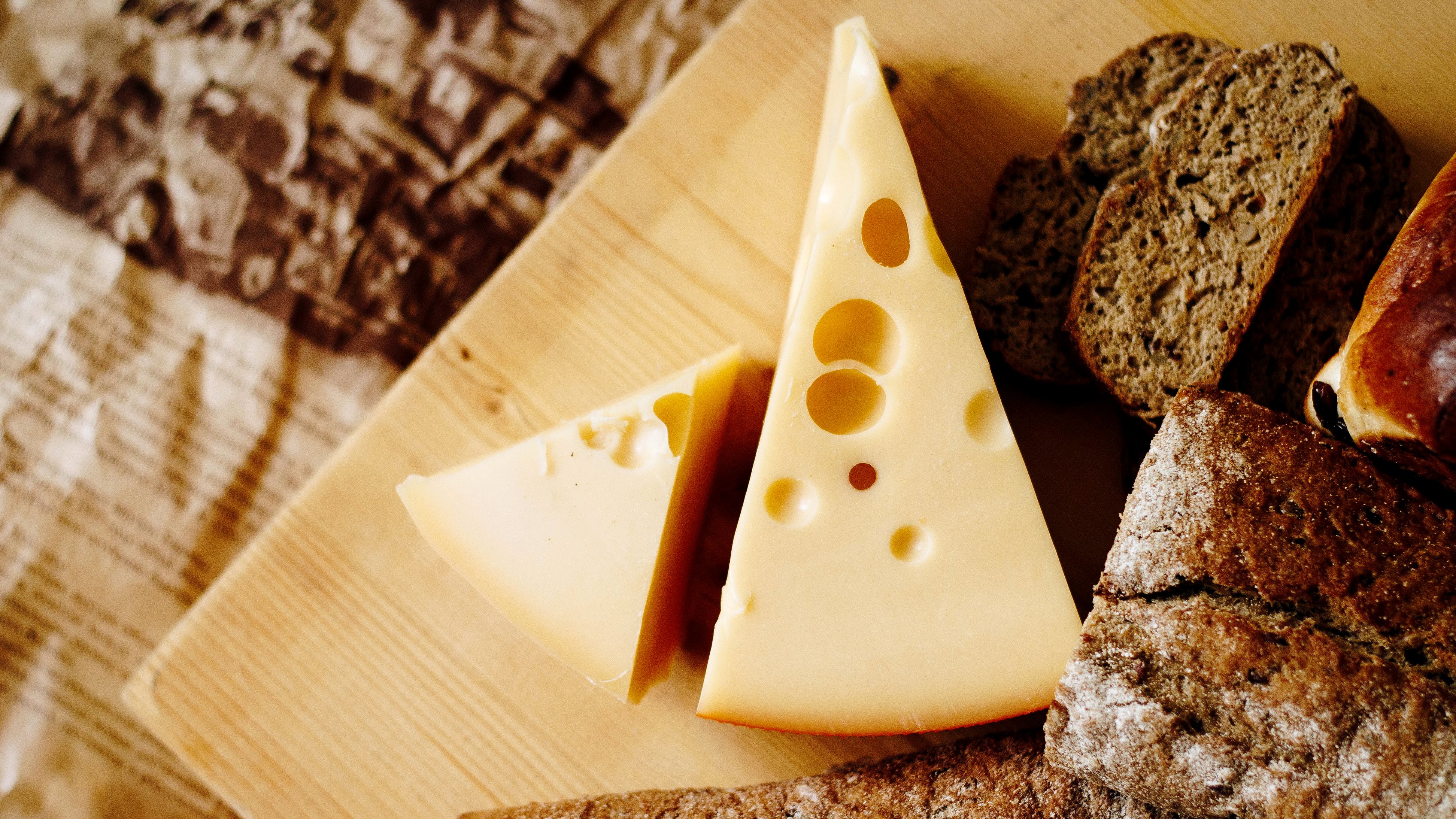
If you’re struggling to find a balance around carbs that you can sustain, this one's for you. Here's how to make a medium-carb eating plan work.
There’s no question that a low-carb or lower-carb diet makes it easier to achieve healthier blood glucose levels and even weight loss, but for some people, a severely strict low-carbohydrate diet can backfire. Instead of a long-term relationship with low-carb eating and balancing carbohydrate intake, you might find that you’re bouncing back and forth between trying to avoid all carb intake altogether, and you wind-up eating all the carbs four days later.
That yo-yo relationship is a clear sign that eating that low-carb isn’t quite the right fit for you at this time in your life.
There was a time in my life when I ate really low-carb. For quite a few years, and it worked well for me. But at this point in my life what I value far more than achieving a certain carbohydrate total for the day is simply enjoying and eating real food...without any obsessive rules. Instead, just real food, and healthy eating.
Some people turn to a ketogenic diet (aka the famous keto diet) of high-fat, adequate-protein and low-carb, but this is seldom a sustainable weight loss or blood sugar fluctuation management strategy because it's too strict for many.
Sometimes it's easier to lessen the worry about daily calories and Googling whether or not it's okay to eat avocado, and just eat what you want but with thoughtful moderation.
For me, a moderate-carbohydrate, or medium-carb diet of 75 to 150 grams of total carbs per day is what feels like the sweet spot right now. 80 to 90 percent of what I eat in a day is homemade with real, whole ingredient types of food. Some of those ingredients contain carbs -- hello, delicious strawberries and local Vermont chocolates -- and some of them are very low-carb -- that’s you, salami & onion romaine wraps.
7 tips for eating fewer carbs without removing all the carbs:
- Make room for the carbs you value most. I could go the rest of my life without eating a potato chip or a pretzel or a bagel or even bread and butter. Couldn’t care less about those carbs! But I make room for the carbs I love by making some meals really low-carb, so there’s room in other meals for the carbs I love most. What I’m not willing to part with lately are carbs like strawberries, chocolate, apples with peanut butter, blueberries from our backyard, spinach tortillas, this Groundbreaker gluten-free blackberry beer as a weekend treat, and the veggie spring rolls wrapped in rice paper from my favorite coffee-shop. What carbs do you value most?
-
Give yourself carb-freedom for a weekend. Carbs are just carbs -- they aren’t evil. The next time you find yourself thinking, “I’m bad for eating this,” stop that line of thinking! Carbs are just carbs. In fact, you might even need to give yourself a little weekend to just “eat some carbs” and get over it! Constantly eyeing those processed, junky Pop-Tarts? Or the pizza from that nearby Italian restaurant. Maybe even just some starchy vegetables? Give yourself 3 days to actually eat the carbs that haunt you the most. Take your medications as prescribed. Check your blood sugar often. And get it out of your system. Then...start fresh with the mindset that you are choosing to eat healthier, whole foods.
-
Remember that everything you eat is your choice. Nobody is restraining you from eating carbs. It’s just a game in your head that the diabetes and nutrition world has created. And it began the moment you were diagnosed. But here’s a secret: you can actually eat whatever you want. You get to choose your relationship with food. If you’d like, though, you can choose to eat fewer carbs, and choose to eat more whole foods. The more you remember that every decision around food and satiety is your choice, the less need you will feel to rebel and fight back. Free yourself from the mind-games!
-
If you take insulin, improve how you calculate your dose for carbs. Creating a more “flexitarian” approach to carbohydrates hasn’t actually affected my HbA1c at all. In fact, when I was eating really low-carb 8 years ago, my A1c was higher -- but it wasn’t because of my diet. It was because of my understanding of my diabetes and how to adjust insulin doses around protein intake, unhealthy and healthy fat, carbs, exercise, and life. Even when I was pregnant and eating 100+ grams of carbs per day, my A1c was below 5.7 -- because I was extremely careful with pre-bolusing my insulin and counting my carb portion sizes. If you eat a slice of homemade bread, take your insulin, and find your blood sugar at 300 mg/dL two hours later, that doesn’t mean bread is the devil. It just means you needed more insulin with that bread.
-
And, for goodness sake...take notes! When you made that delicious grilled cheese sandwich with your mom’s new panini maker, how many units of insulin did you take? If you don’t take insulin, was that meal more carbs than your current diabetes management regimen could handle? And two hours later, where was your blood sugar? Take real notes so that the next time you eat grilled cheese, you know exactly how many units you need to keep your blood sugar in range. Pregnancy actually taught me how to dose insulin around pizza (I take 5 units when I start eating, and 10 more three hours later -- that works for my body) because I was motivated to make sure my blood sugar was in-range but desperately craving pizza!
-
Create a realistic plan for carbs -- and adjust it as needed. Okay, so maybe right now you just need a really yummy carb-full meal on Fridays to prevent feeling deprived. Or maybe to keep your relationship with food steady, you need one “carby” meal every day. Whatever it is, be realistic about what’s right for you right now. Sure, we’d all love to be that super disciplined ketogenic powerhouse you see on Instagram, but realistically: what approach to carbs will help prevent you from binge-eating everything four days later?
-
Learn how to cook real food! Nobody is gonna last long on a diet of microwaved veggies and fat-free chicken sausage. You’ve gotta learn how to cook. And when the food you start to cook really tastes good and is full of real ingredients, real herbs, real spices, and offers real nutrition...you’ll value your food even more! The more effort you put into preparing your meals, the more you appreciate them, the more satisfied you’ll feel by them, and the more you’ll enjoy eating healthy real food. You live in a time when there are millions -- millions -- of free recipes all over the internet. Start slow. Experiment. Have fun. And just be willing to learn. You might even start to love cooking.
There are a lot of benefits to a strict low-carb diet, but if you can’t follow it for more than a week because it’s too strict for you at this time in your life, then it’s not going to do you any good. Create your own approach to carbohydrates by finding the amount and the types that leave you feeling satisfied, healthier, happier, and contributing to a positive relationship with your diabetes.

